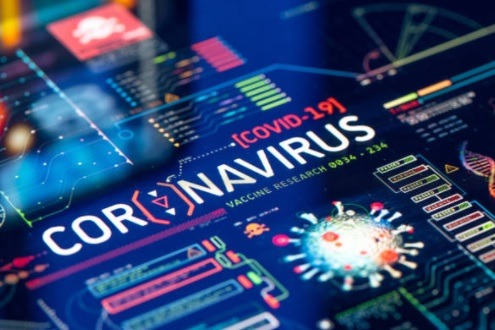
When it comes to connected health, we often limit our vision to wearable and implantable technologies. It’s not just about the gadgets and apps though – the overall healthcare industry itself is at a major point of disruption.
In a post-pandemic era, traditional care will be replaced by smart, integrated systems which personalize patient monitoring and empower the end users through aggregated data displayed in real time. Having a “connected healthcare” system greatly reduces the in-person interactions between patients, physicians, specialists, and medicine providers, thus removing the largest bottleneck in providing quality care.
During CES 2021, we interacted with Karsten Russell-Wood, Portfolio Marketing Manager at Philips Home Health, to understand the general direction in which connected healthcare is headed.
Why Do We Need Connected Healthcare?
The evolution of connected health technologies stems from the need to gain more competence in positive patient outcomes. You can go all the way back to the gold standard of healthcare: the Hippocratic Oath, which advocates treating the patient to the doctor’s best ability while protecting their privacy (“what I may see or hear in the course of the treatment,” etc.).
With the advent of digital technologies, app-connected smart devices, and improved data visualization, there are entire new ways to improve the quality of healthcare. Treating a patient to a doctor’s best ability basically gets a huge upgrade in many ways.

One of the examples mentioned by Karsten is most instructive. Many expectant mothers have to go for an ultrasound scan, where an image of the fetus is created using high-frequency sound waves. These are known to find unclear results or abnormalities which can make people anxious or worried that there may be something wrong with the baby.

Philips has introduced a beltless fetal monitoring solution, Avalon, which replaces conventional ultrasound technology for a cableless fetal and maternal pod with an adhesive patch. These work by using ECG and EMG signals to extract the relevant data, such as mother and child’s heart rate and the uterine activity.
This data, in turn, is transmitted to a base station and fed to a connected information management system, which helps clinicians remotely monitor these vital signs without unnecessary physical movements.
Says Karsten: “In the connected healthcare space, Philips isn’t just launching the solution for one customer, but we want to meet the true aspirations of patients.” Fulfilling the greater need can only be achieved through listening to patient problems and coming up with innovative ideas.
To get a full overview of Philips smart healthcare solutions, it’s worth checking out its virtual interactive demo.
Connected Health and Data Privacy
As smart healthcare takes off, we are witnessing a huge number of IoT devices and apps which keep track of every human activity. This makes many people nervous about the implications of sensitive personal data being transmitted to those who shouldn’t have it. These concerns are valid and require a fundamental reconsideration at how the medical and personal records are to be handled in the IoT age. What are the best ways to protect this sensitive personal data?

Karsten claims that Philips smart healthcare products are “in line with most international standards, such as the FDA regulations in the U.S.” He adds: “Also, as a global company headquartered in the Netherlands, GDPR is very important to us.” He insists the company adheres to what is known as a “Philips Code of Conduct,” which guides data transfer issues in accordance with local laws, such as GDPR.
To drive the engagement of end users in the whole process, smart healthcare manufacturers need to involve them more. It is important to make the patients willing participants in the whole process of how their data should be handled. Karsten agrees and points to Philips’s mission of driving patient-centered “participatory healthcare.” That’s a term we have noted for our future reference because it summarizes everything we want connected healthcare to comprise.
In the COVID-19 era, as vaccines get rolled out and patients’ history is of greater personal importance, it remains to be seen whether smart healthcare companies can deliver on the promise of treating patient data with the utmost care.

Of course, having a code of conduct is an important benchmark for smart healthcare manufacturers, as they should have a clear statement to illustrate their internal policy on data transfer. But any enforcement does require stringent regulations.
In Summary
According to Karsten, “COVID-19 has been a remarkable catalyst for the adoption of telehealth services.” As bleak as it may sound, the fact remains that the emergence of connected healthcare is a new chapter in medicine science. Think of it in terms of earlier revolutions, such as the invention of the stethoscope or the discovery of penicillin.
There are now endless possibilities in remote collaboration for diagnosis, pathology, treatment, and patient monitoring. Connected healthcare represents a whole new evolution in our understanding of how patient care works.
Get the best of IoT Tech Trends delivered right to your inbox!







